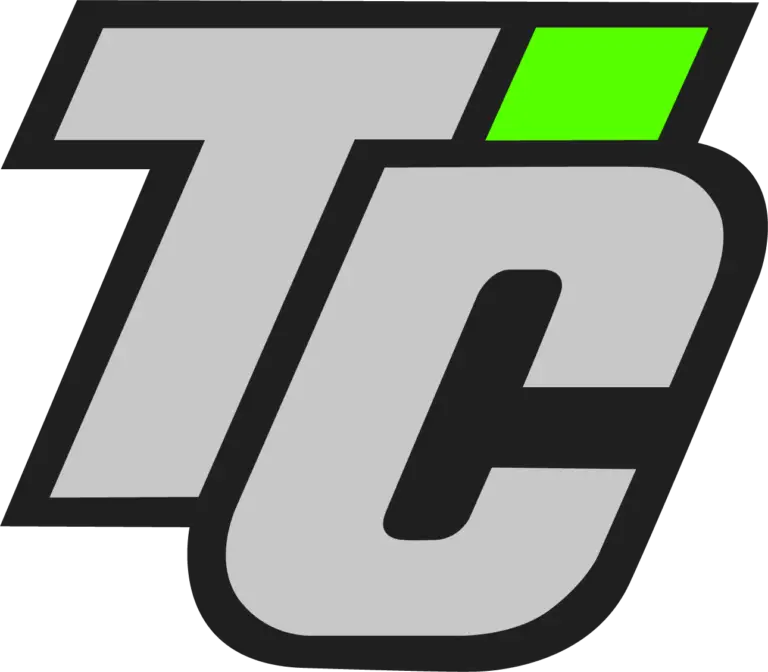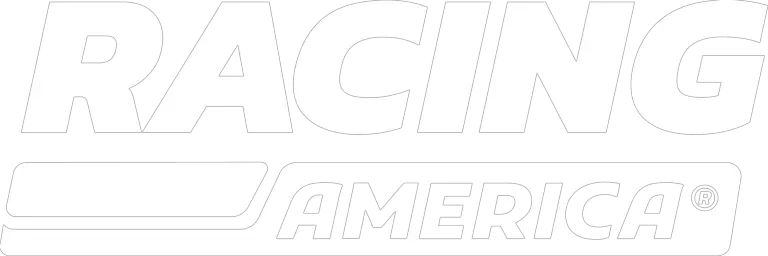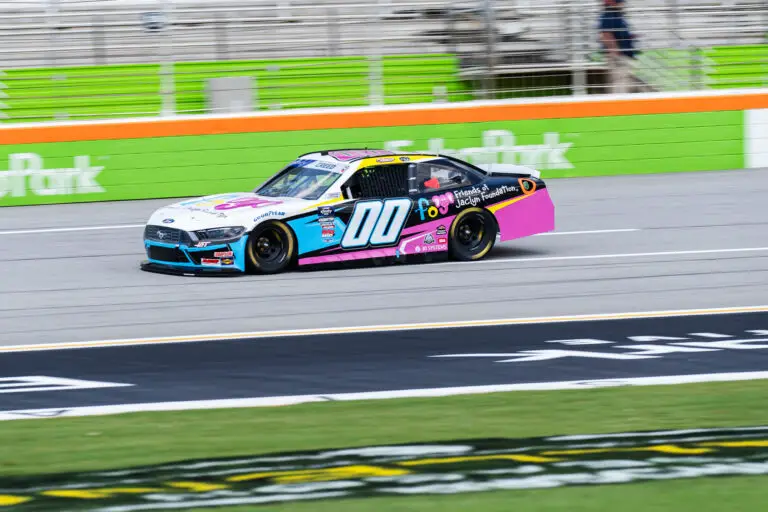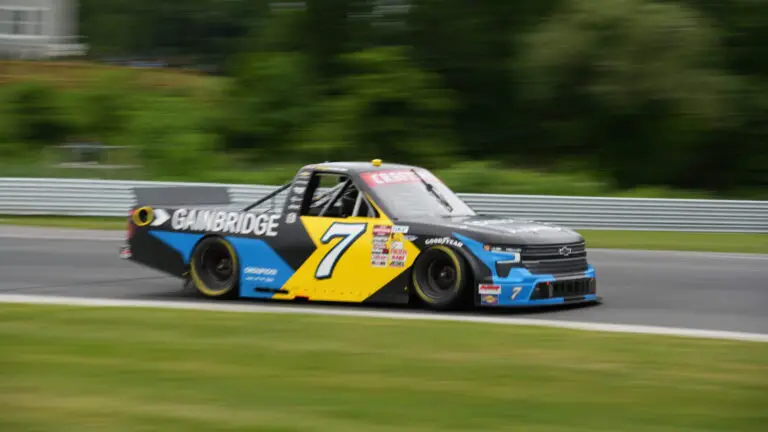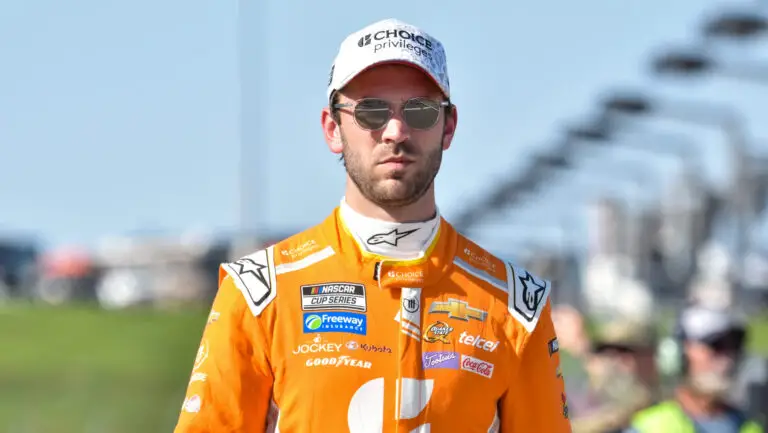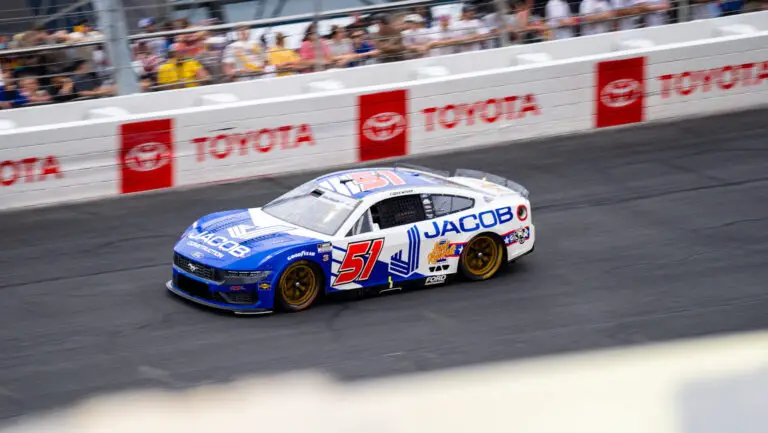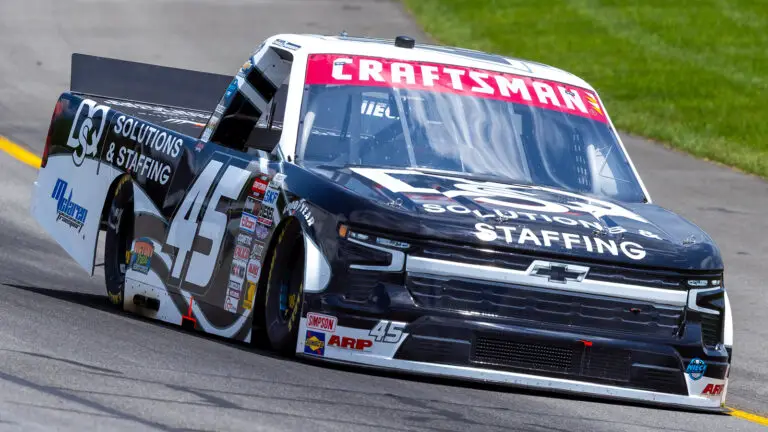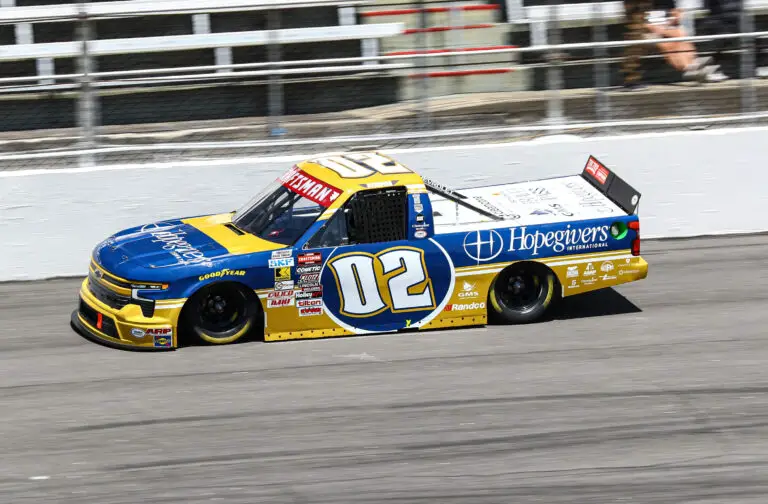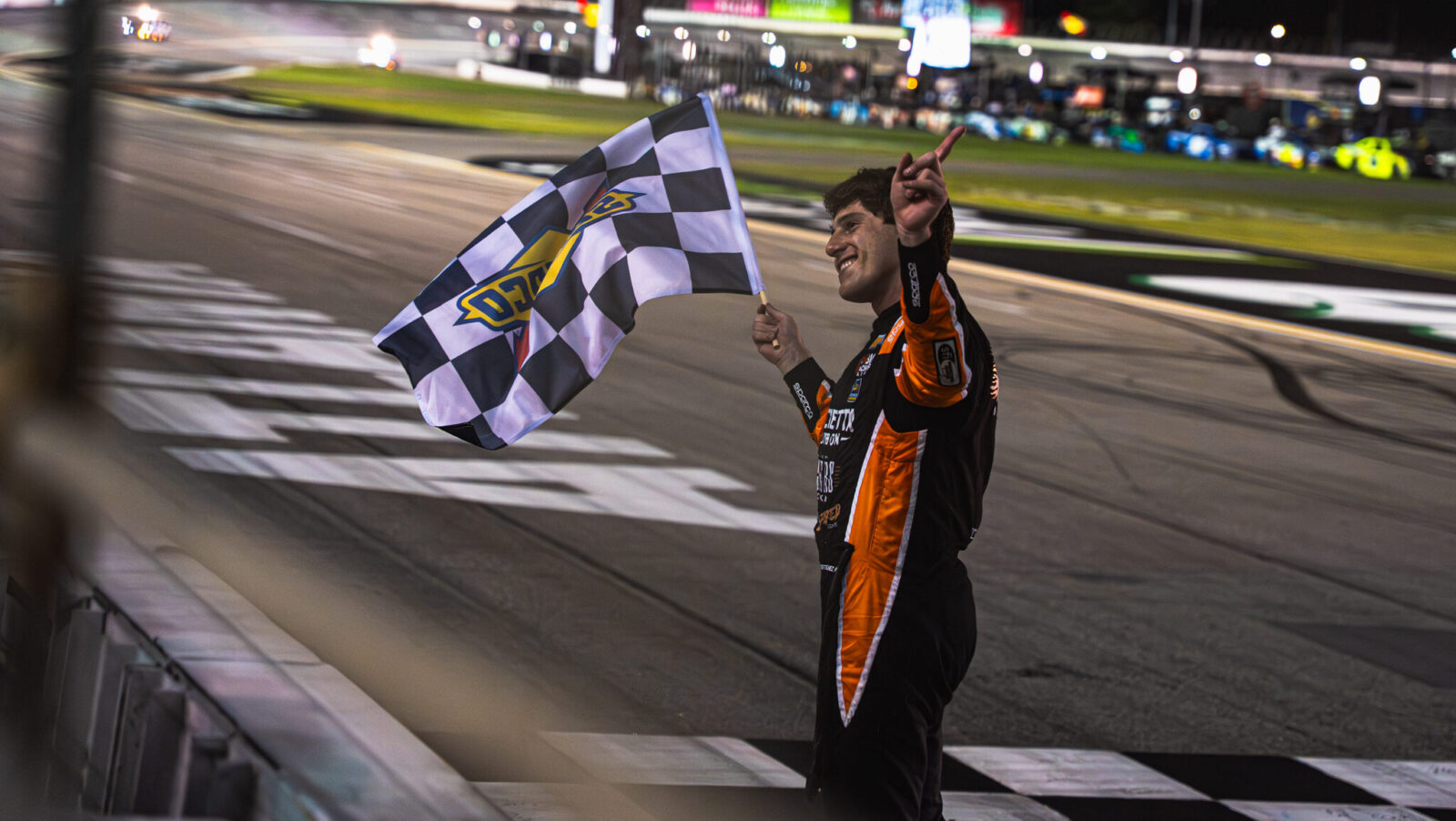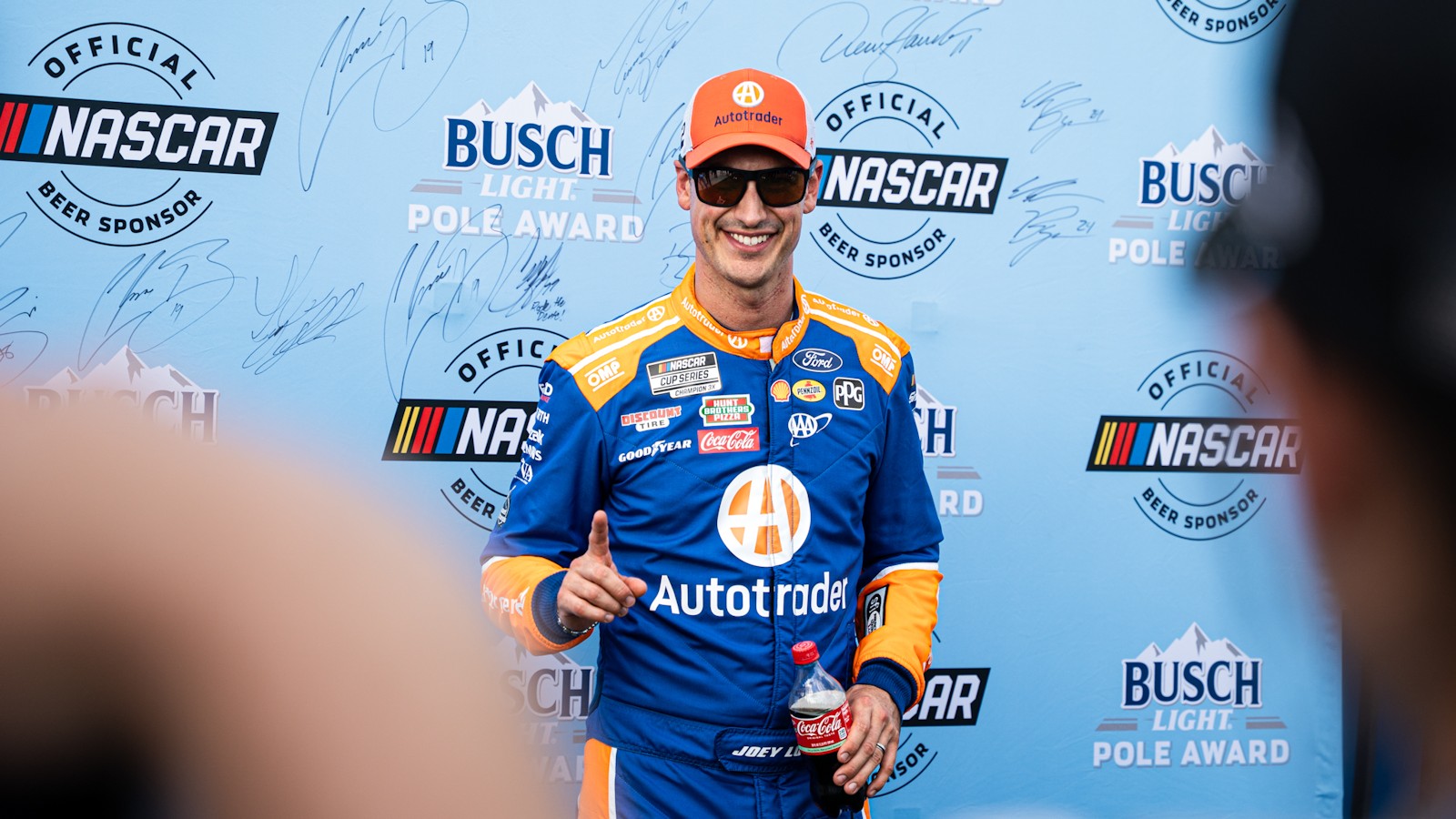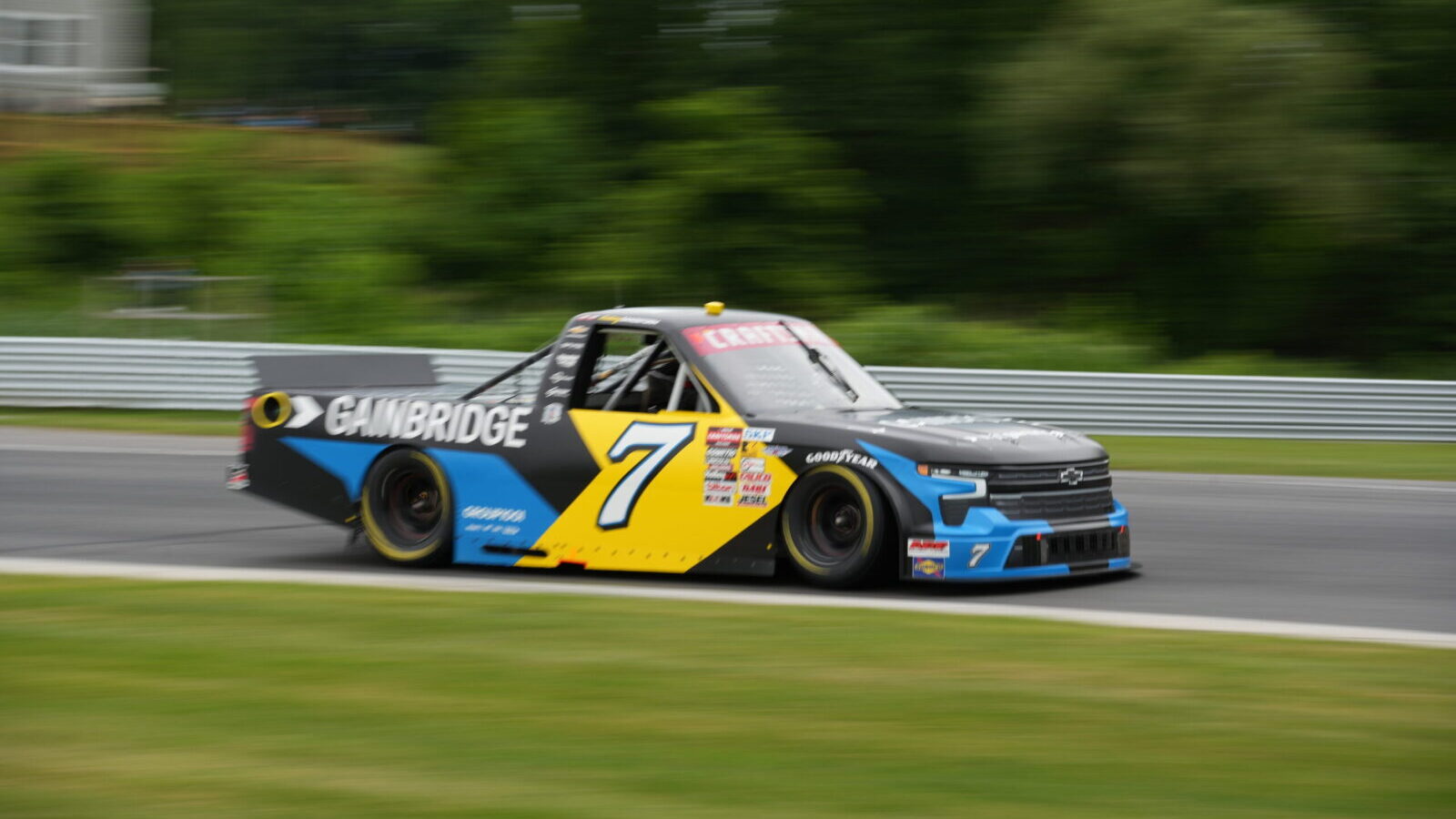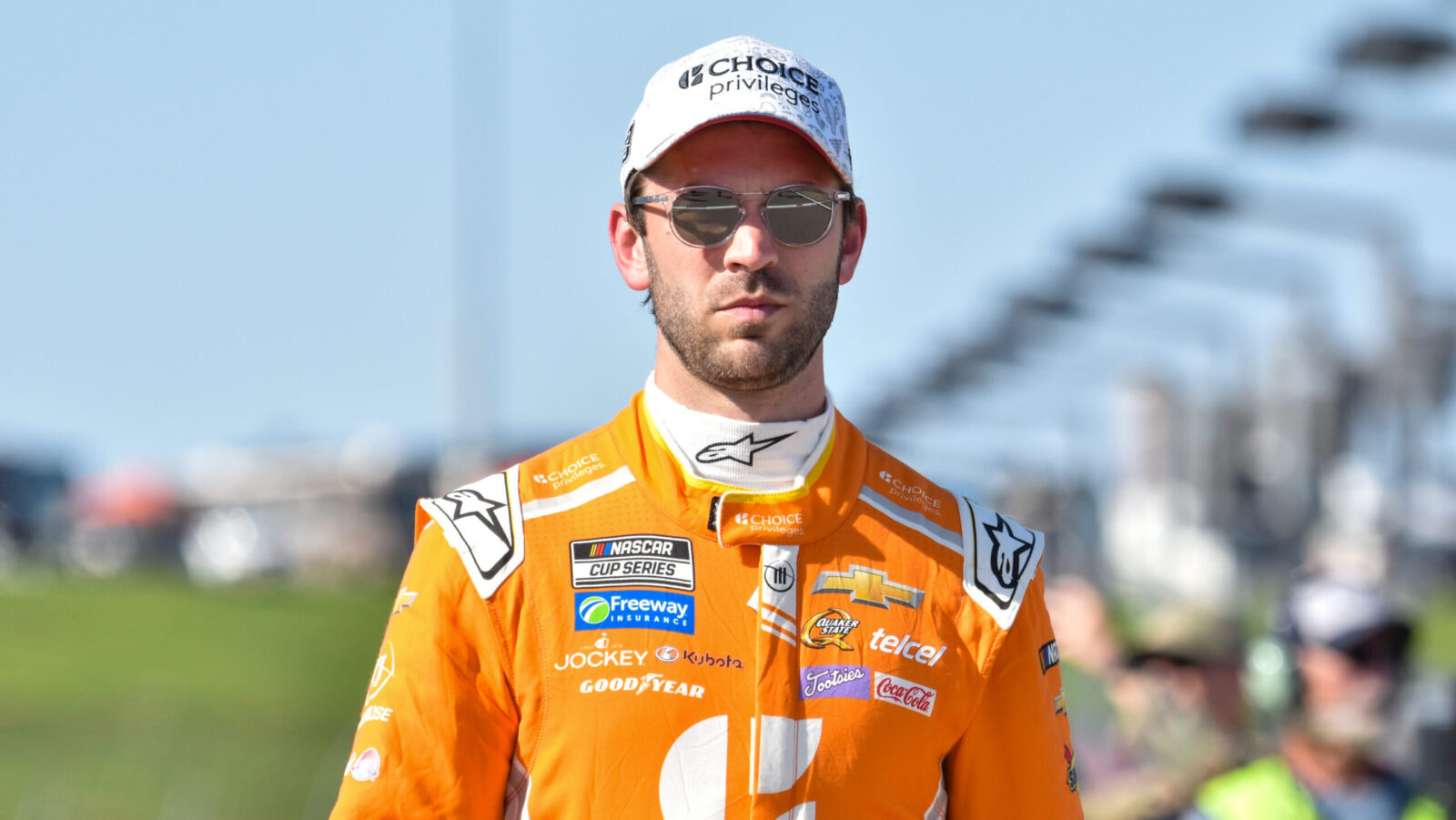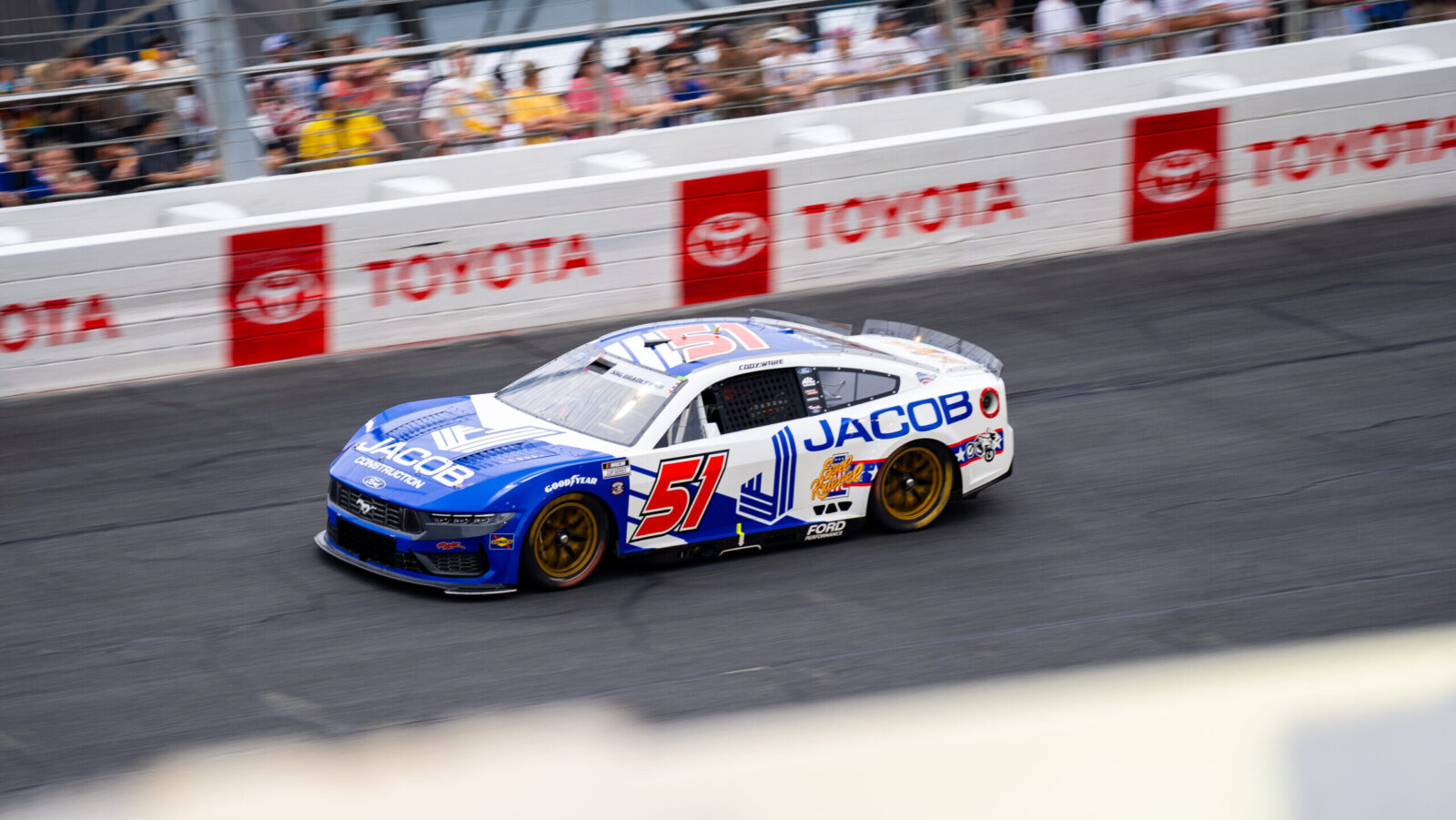“Tire wear is always the goal. That’s what people want to see. It creates comers and goers, and who manages the tires the best. Like I said, I thought we were in a good spot last fall. And obviously, something is different now. This is too drastic.”
Those were the words of Goodyear’s Greg Stucker, who spoke to the media mid-race at Bristol Motor Speedway to address the aggressive tire wear that took place throughout the Food City 500. Stucker looked at a loss in the chat with the media.
According to Stucker, the tire compound combination that Goodyear and NASCAR brought to the track this weekend was the same combination that was used at Bristol Motor Speedway in the NASCAR Cup Series Night Race last season. In that race, the track and tire married together well, and there were no wearing issues.
Sunday’s Food City 500 was a bit of a different story.
Tire wear was so excessive that NASCAR and Goodyear had to allot an additional set of tires for each time in addition to the 11 sets they were allowed to start the race with. According to NASCAR, that was an error on their part, not Goodyear’s. Last year, NASCAR had the extra set of tires allocated for teams at Bristol but opted to cut back a set for the Food City 500.
Stucker says that they are confused on why things were so different this time around, as opposed to in the fall, but he suspects NASCAR’s use of resin as the traction compound in the lower lanes of the turns as opposed to PJ1, which had been used in the past, was a factor.
“Now, we’re trying to understand what’s different, why is the racetrack behaving differently than it did a year ago,” Stucker said. “It’s the same package, it’s the same tire combination,” Stucker said. “Obviously, the difference is the resin was placed on the lower groove instead of the PJ1, yet, I still think the racetrack should be taking rubber as it did last fall. It took rubber immediately during that race. Still a little bit of an unknown on why it isn’t behaving the same way.”
As for the decison to utlize resin instead of PJ1 for this race, NASCAR made that call after a wet-weather test session at the track showed the sanctioning body that PJ1 is not conducive to wet-weather racing. And with the Bristol race being designated a wet-weather package event this year, the move to resin had to be made.
“If you remember last year when we came here in the fall, we had that delay before the race started for sprinkles that went through the area. One thing we learned with our testing on the wet weather on ovals was the cars are the best way to dry the track quickly,” John Probst, NASCAR’s Senior Vice President, Racing Operations said after the race. “Fans want to see the cars on track. So, when we came here and tested, we tried the PJ, and when we wet the track down, it’s almost like oil on the track. The cars got no traction. So when we came back here this year with the wet-weather package for Bristol, we opted to use the resin instead of PJ1.”
While the results weren’t quite what Goodyear and NASCAR had in mind, Probst seemed to have a completely different takeaway from the race than Stucker, who talked to the media mid-race. Probst gave the race, which saw a Bristol-record 54 lead changes, a glowing review.
“Well, I know the race teams are probably pretty worn out right now, and I know our track crew and folks up in the booth are pretty worn out just from a pretty exciting day all the way around on the track,” Probst said. “Certainly had some anxiety around tire wear and things like that, but overall, I think it was probably one of the best short track races I’ve ever seen.”
Not only did the race produce a record number of lead changes, but as the race rolled on, it became more apparent that it was skill — not luck — that was resulting in drivers working their way back to the front of the field.
The top-three finishers in the event were grizzled veterans, who have tons of tire saving experience over the course of their careers. And the race was won by Denny Hamlin, who is always regarded as one of the best drivers when it comes to tire conservation.
We’ll see what the future holds for tire wear at short tracks, but while Goodyear wasn’t happy with what took place, the end result wasn’t necessarily a bad race.
